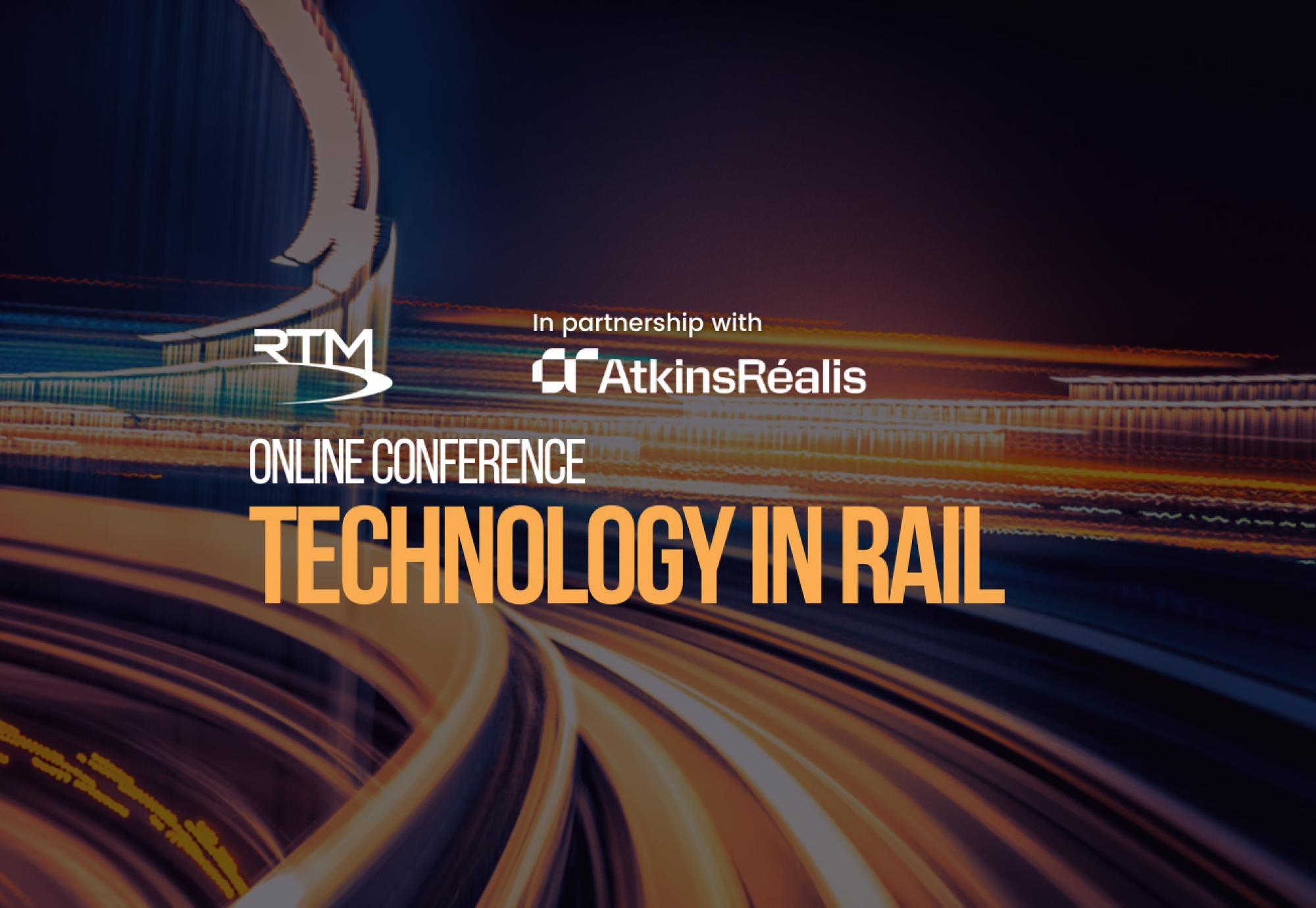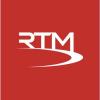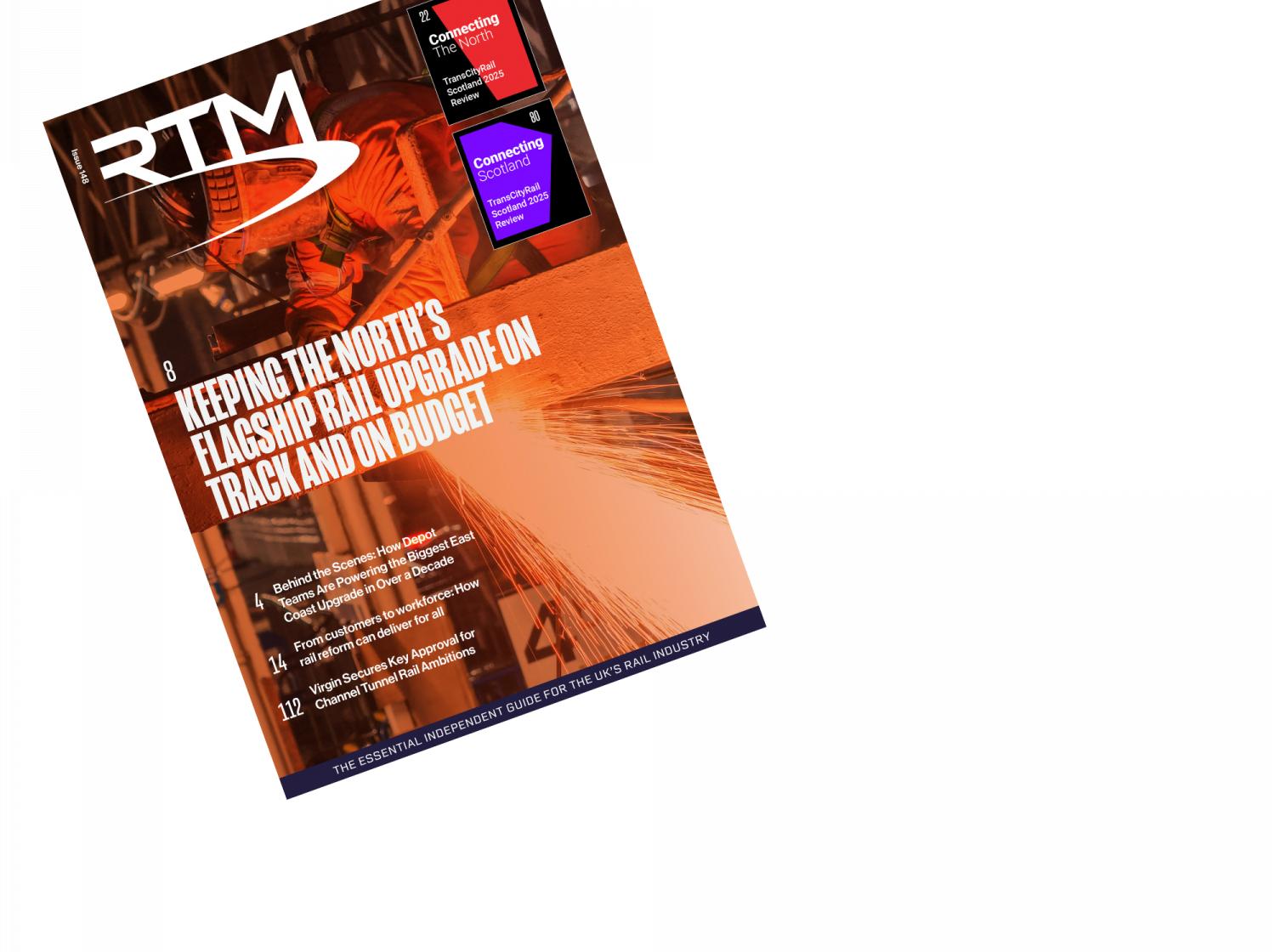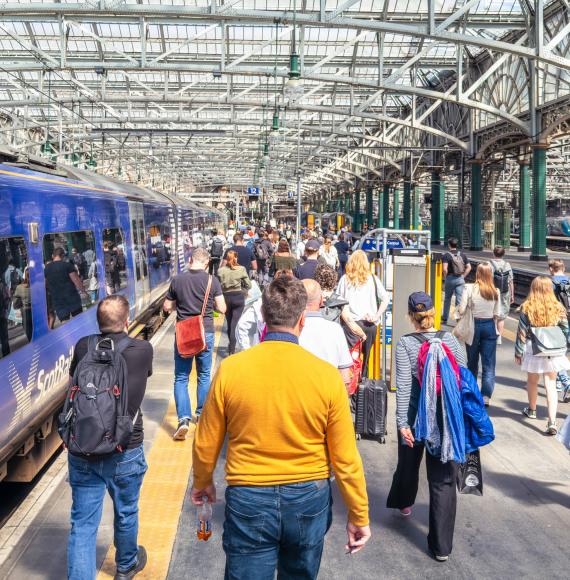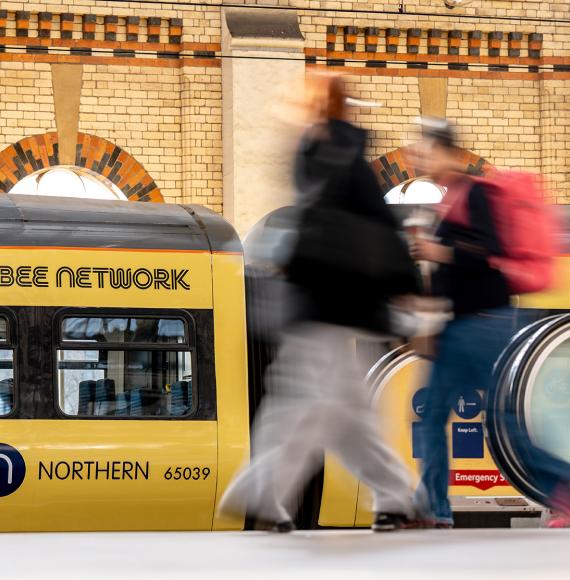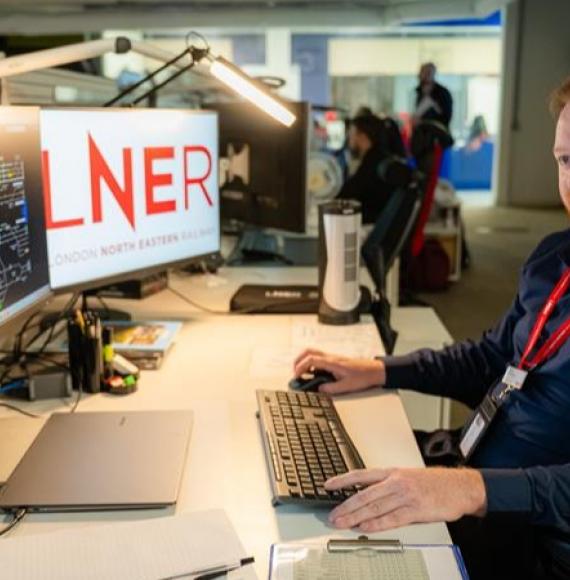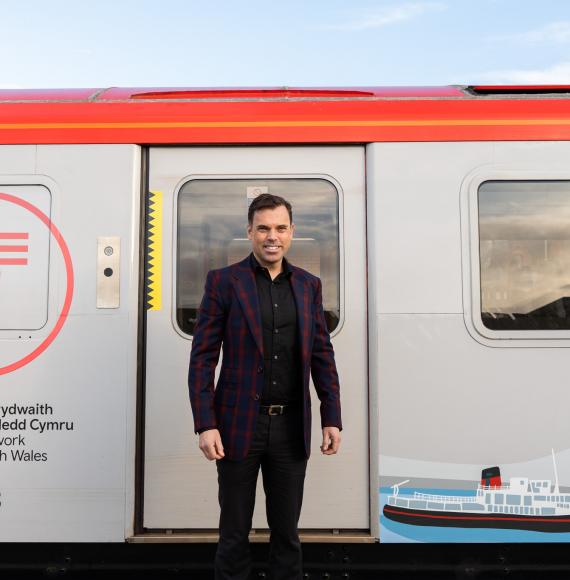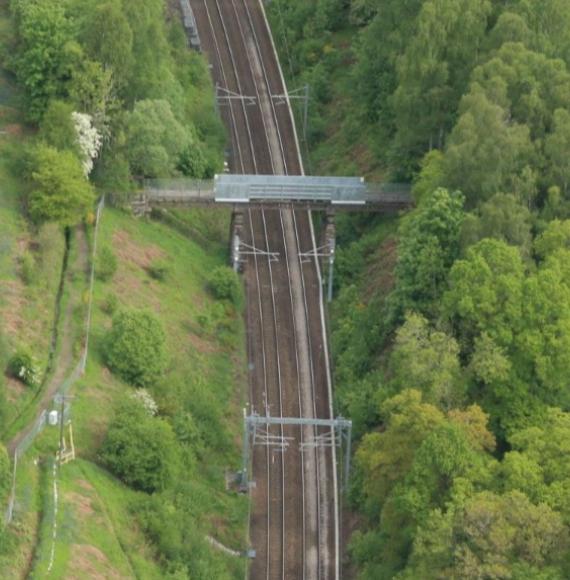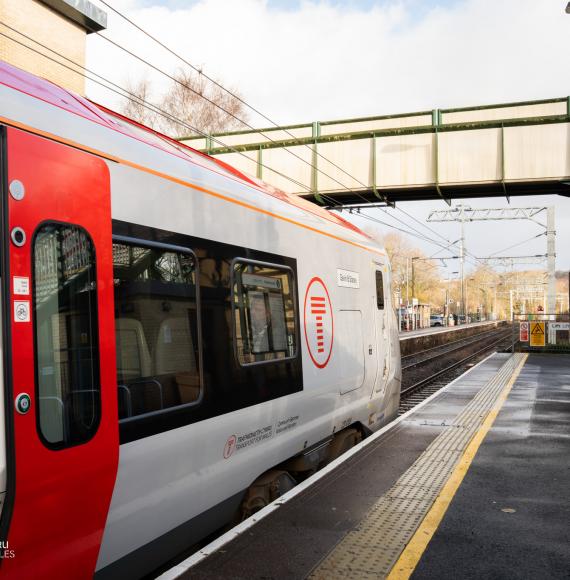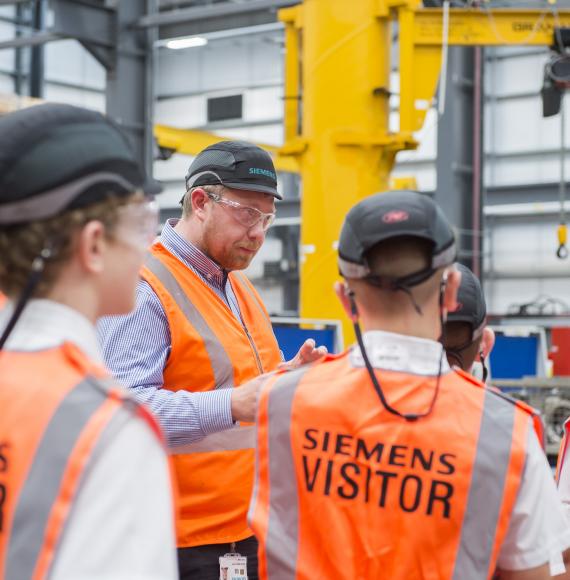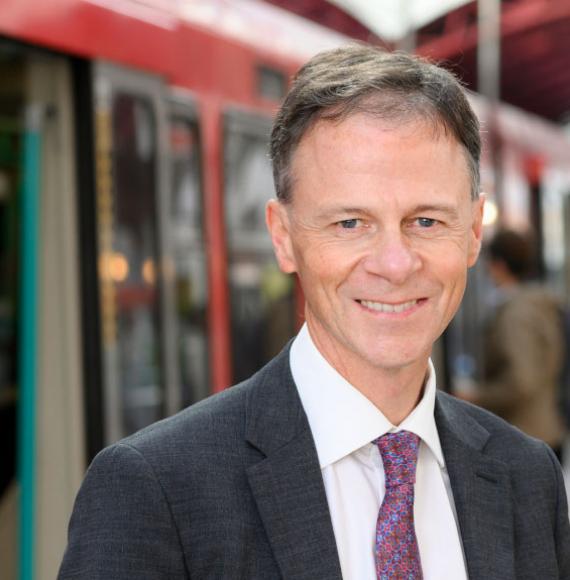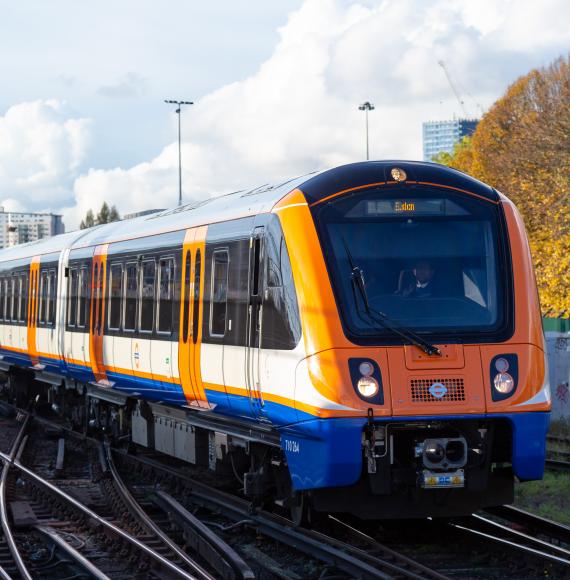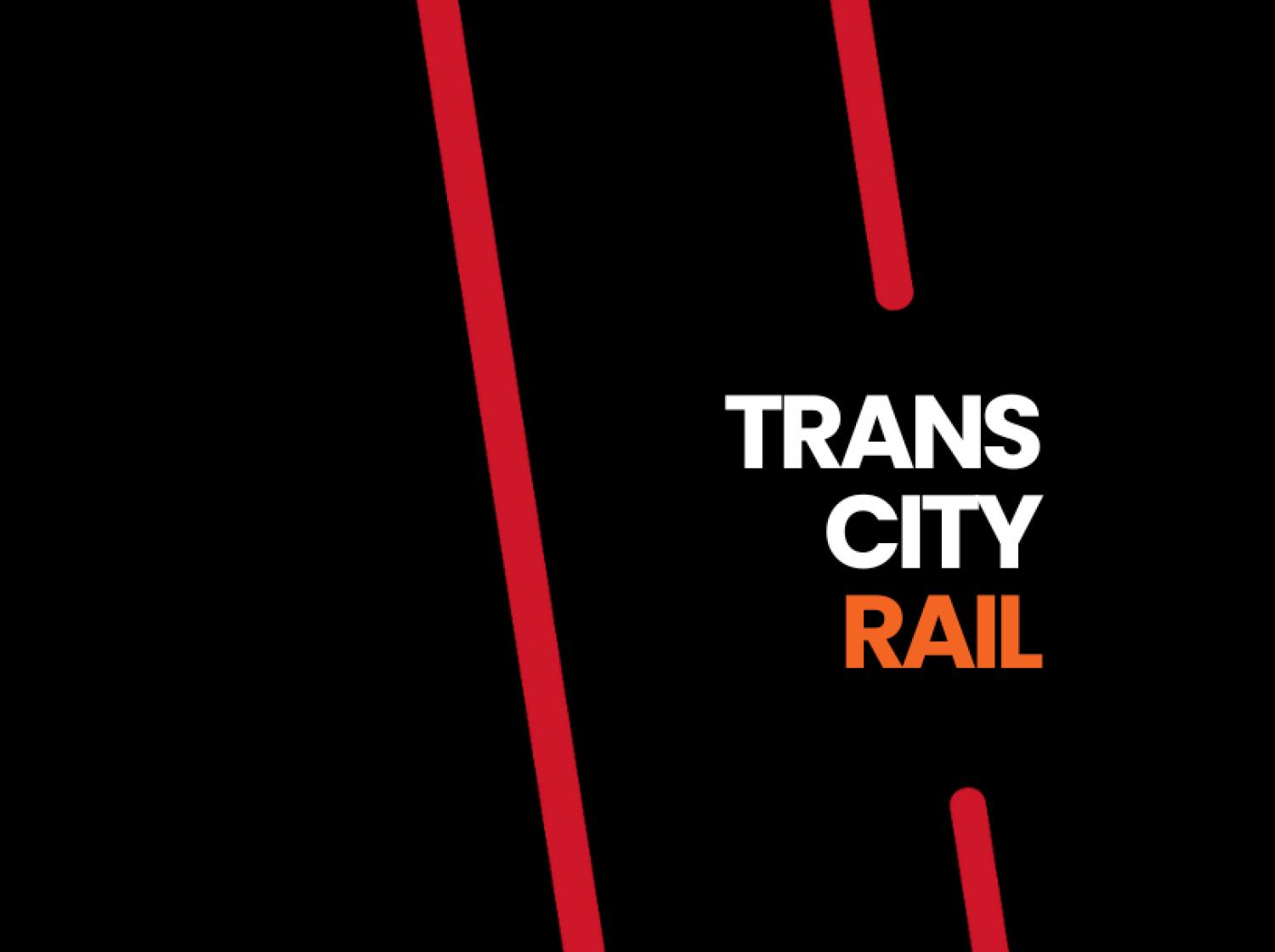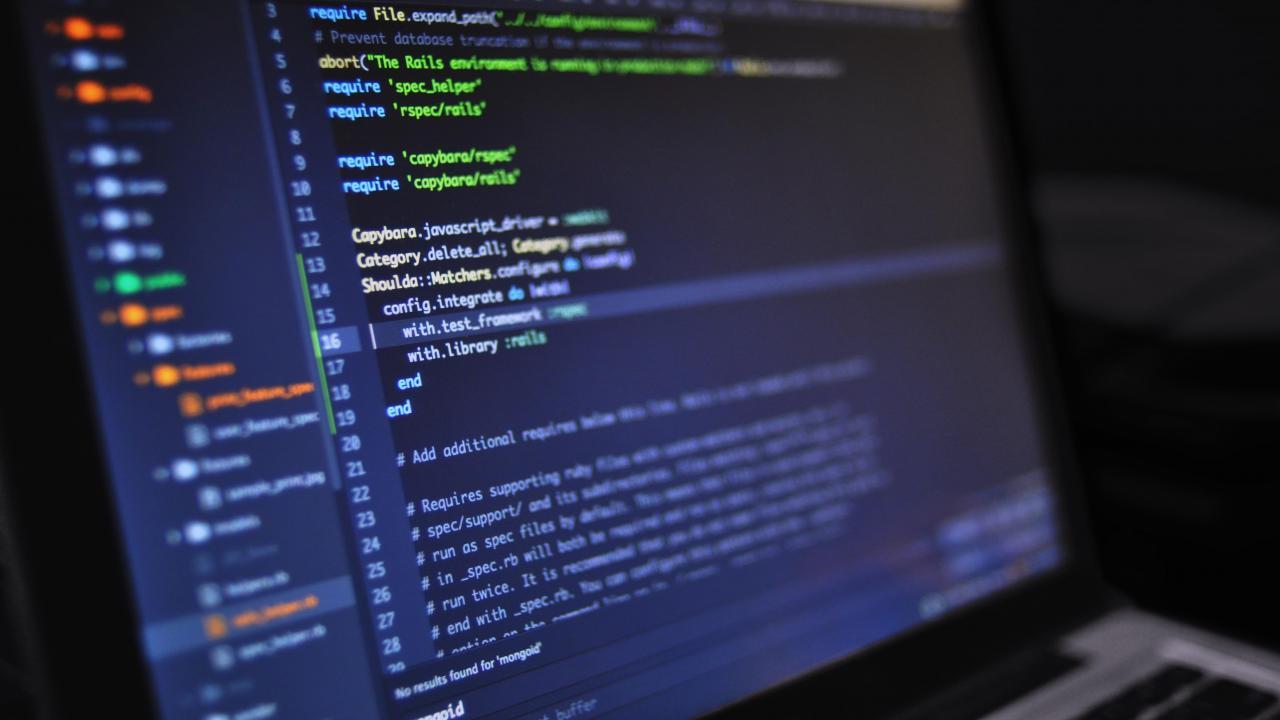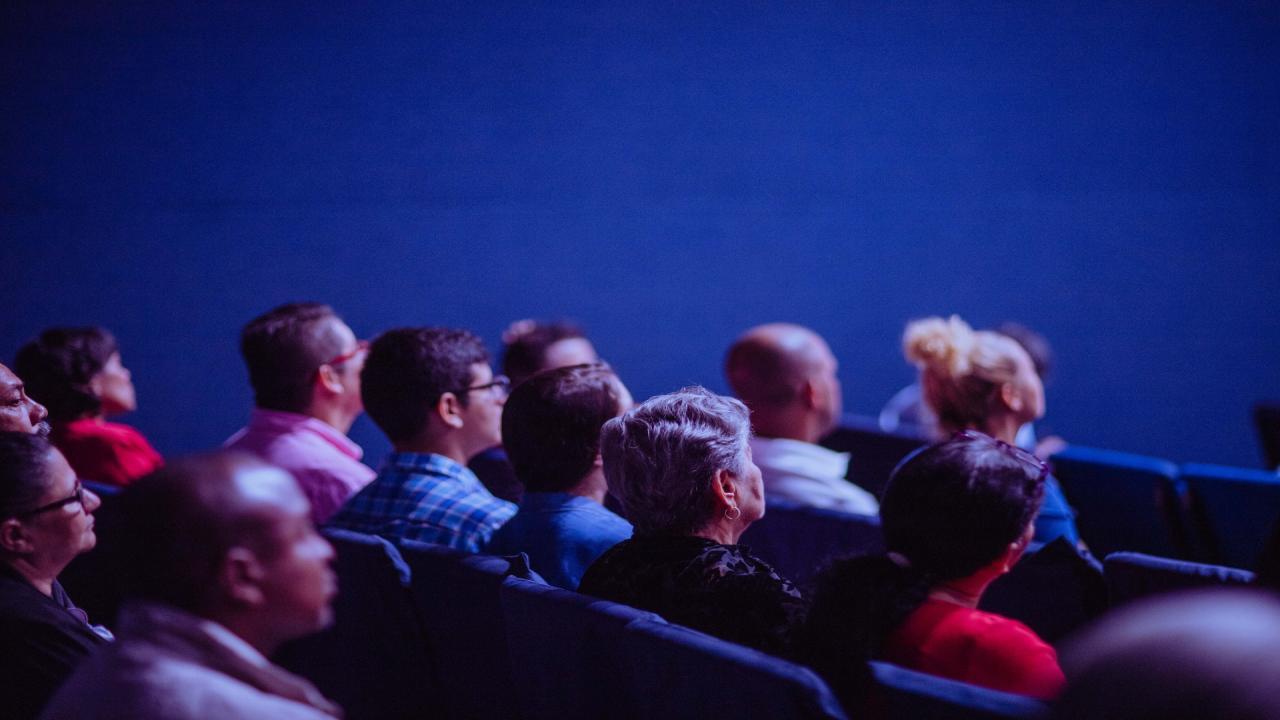On our recent event, we had the privilege of gathering experts from across the rail industry to explore the transformative power of technology. The event highlighted cutting-edge advancements in Artificial Intelligence (AI), innovative maintenance strategies, enhanced passenger experiences, and robust safety measures.
We witnessed how AI is revolutionising rail operations, from predictive maintenance to real-time data analytics, ensuring smoother and more efficient journeys. The latest maintenance technologies showcased at the event demonstrated how our rail systems can run seamlessly, reducing downtime and enhancing reliability.
Attendees experienced firsthand the innovations designed to elevate passenger comfort and convenience, making every journey a pleasant one. Additionally, we explored the concept of digital twins and their potential to improve the management, maintenance, and operation of rail infrastructure and vehicles.
Overall, the event was a testament to the incredible advancements in the rail industry, paving the way for a more efficient and passenger-friendly future.
Keynote Toufic Machnouk, Managing Director, GBRX
Tufik began by reflecting on the rich legacy of innovation in the rail sector, a legacy that spans nearly 200 years. The railway, he noted, is a remarkable invention—a friction reduction system that allows us to move heavy objects at high speeds. This technological marvel has connected people and places, fuelling economic growth and prosperity. Yet, despite this storied history, the sector faces significant challenges in adapting to the digital age.
Innovation, as Tufik explained, is fundamentally about change, but it's not just any change. It requires a technological component that enhances how we operate. The rail sector, with its complex, fragmented structure, often struggles with this. The transition to digital signalling, for instance, has been a two-decade-long journey fraught with challenges. However, the lessons learned have paved the way for a more structured approach to innovation, one that GBRX is spearheading.
GBRX is not just an organisation; it's a vision for the future of rail. By partnering with world-leading technology universities and innovators, GBRX is building a capability that allows the rail industry to see and do things previously thought impossible. This involves not only technological advancements but also fostering collaboration across the sector. As Tufik emphasised, real-world impact can only be achieved by working with the challenges where they exist, not in isolated lab environments.
Looking ahead, GBRX is focused on several key technological trends. These include advanced data integration and utilisation, computer vision, and even quantum engineering. The potential of these technologies to revolutionise asset maintenance, network management, and customer experience is immense. For instance, computer vision could transform how we inspect and understand the railway, preventing problems before they occur.
Utilising AI to increase efficiency
Nassar Majothu – HS2
Milda Manomaityte – Rail Industry Asspciation
Neil Ovenden – Rail Partners
The discussion kicked off with an examination of AI's potential to enhance railway efficiency. AI technologies, from generative AI to computer vision, offer opportunities to streamline operations, optimise resources, and improve customer experiences. However, the rail industry faces significant challenges, including data quality, regulatory constraints, and the need for standardisation. Our experts delved into these issues, offering insights into how the industry can overcome these hurdles and fully harness AI's capabilities.
Safety remains a paramount concern in the railway sector, and AI's role in safety-critical applications is a topic of intense debate. Neil Ovenden highlighted the importance of maintaining human oversight in safety-related decisions, emphasising that AI should serve as an informative tool rather than a decision-maker. This cautious approach ensures that AI enhances rather than compromises safety standards.
Real-world applications of AI in rail are already making waves. From AI-driven crew rostering to robotic inspections, the technology is proving its worth. Milda Manomaityte shared fascinating examples, such as the use of AI to monitor vegetation and track conditions, and even optimise the stocking of tuna sandwiches on trains, showcasing AI's versatility in addressing both operational and customer-centric challenges.
The conversation also touched on the future of AI in rail, with Nassar Majothu expressing optimism about the technology's potential to create new jobs and enhance existing roles. As AI becomes an integral part of railway operations, it will be crucial to balance innovation with safety and regulatory compliance.
How technology can help with maintenance in partnership with KONUX
Martin Mason – Network Rail
Adam Parkinson – Digital Catapult
Robert Ampomah – Network Rail
Tim Flower – KONUX
One of the key themes in this session was predictive maintenance. With the integration of AI and intelligent systems, railways are moving from reactive to proactive maintenance strategies. Robert Ampomah, Chief Technology Officer at Network Rail, highlighted how vision technology and lidar systems are being used to predict and prevent potential issues before they arise. This not only reduces costs but also significantly enhances the safety of railway operations.
Tim Flower, UK Account Director at KONUX, emphasised the importance of understanding asset conditions both before and after maintenance. By leveraging AI and data analytics, railways can tailor maintenance regimes to optimise outcomes and extend the lifespan of assets. This shift towards data-driven decision-making is a game-changer for the industry, allowing for more targeted and efficient maintenance practices.
However, adopting new technologies is not without its challenges. Martin Mason, Senior Programme Manager at Network Rail, discussed the need for seamless integration of technology into existing business processes. He stressed the importance of working closely with end-users to ensure that new systems enhance rather than complicate their work.
Strategic Keynote - John Batterbee, Global Head of Practice for Digital and Practice Director for Applied Technology, AtkinsRealis
John brought a wealth of experience and insights into how technology is not just changing, but revolutionising various industry sectors. From rail and aerospace to water management, the digital transformation is in full swing, John is at the forefront of this evolution.
John discussed the critical role of digital twins and artificial intelligence in enhancing operational efficiency and reducing costs. He shared fascinating examples, such as the development of an automated gauging solution in the rail sector, which applies machine learning to provide accurate location and classification information for trackside features. This innovation not only reduces manual effort but also enhances safety for rail operatives.
John also delved into the challenges and opportunities of data integration across organisational boundaries. He highlighted the successful implementation of a geospatial data platform for the UK's National Underground Asset Register, which aggregates data from over 650 organisations. This initiative has significantly reduced accidental utility strikes, saving the UK economy billions and improving safety.
John emphasised the importance of building the workforce of tomorrow. Through initiatives like the UK Government's CyberFirst scheme and the Young Leaders in Data programme, Atkins Realis is actively fostering a new generation of digitally skilled professionals. These programmes provide young people with practical experiences and exposure to real-world challenges in cybersecurity and data management.
Technology to assist with passenger experience
Kerry Phillipson – Arriva Rail
Thomas Lynch – GBRTT
Matt Smallwood – Transport for the North
Steve Close – Connected Places Catapult
In the ever-evolving world of technology, the railway industry is not being left behind. With the integration of AI and other emerging technologies, passenger experiences on trains are set to become more seamless and personalised.
Kerry Philipson, Retail Product Manager at Arriva Trains, highlighted the pivotal role of AI in meeting the changing expectations of customers. With AI, passengers can access information 24/7, allowing for a more convenient and efficient travel experience. The use of generative AI, as demonstrated by Thomas Lynch from the Great British Rail Transition Team, has already shown promising results. By integrating ChatGPT into their chatbots, they have significantly reduced the need for human intervention, enabling quicker responses to customer queries.
The conversation also delved into the real-world applications of AI, such as the innovative projects being trialled at Bristol Temple Meads station. Steve Close from Connected Places Catapult shares fascinating insights into how AI is being used to improve passenger safety and accessibility. From using LiDAR technology to monitor platform safety to cameras that assist passengers with heavy luggage, these projects showcase the potential of AI to enhance the overall travel experience.
Strategic Keynote - Steve Warren, Trading Systems Support
In the ever-evolving world of railway technology, safety remains a paramount concern. As trains crisscross the UK, ensuring the safety of level crossings is a critical task. Enter
the fascinating world of Public Emergency Telephone Systems (PETS) and their evolution. Steve Warren provided an insightful look into how TSS is revolutionising these systems with their latest offering, PETS IP. This new technology is set to replace the outdated analogue systems that have been in place for decades, bringing a digital transformation to railway safety.
PETS IP integrates IP and SNMP technologies, ensuring a more reliable and cost-effective solution for level crossings. Steve explains how this system is not only scalable but also independent of any specific PBX, making it a versatile option for various railway operations. With the ability to connect to enterprise-wide network management systems, PETS IP offers a comprehensive approach to safety management.
One of the most intriguing aspects of this episode is Steve's discussion on the operational considerations of PETS IP. The system is designed to last, with a 10-year support plan and the ability to run on generic computer hardware. This ensures that railway operators can rely on the system for years to come, providing peace of mind in an industry where safety is non-negotiable.
Steve shared the journey of developing PETS IP, from initial discussions with Network Rail to the current testing phase. He highlighted the challenges faced, particularly in funding and gaining strategic buy-in from asset managers. However, with a strategic bet on the success of this technology, TSS is poised to make a significant impact on railway safety.
Keynote - Darren Jowett, Head of System Authority, Network Rail
Ensuring the safety and efficiency of our rail networks is more crucial than ever. You may have heard about the Speed Management Programme, a groundbreaking initiative spearheaded by Network Rail. Darren Jowett, provided an in-depth look into this transformative programme.
The Speed Management Programme is designed to tackle the pressing issue of overspeeding incidents on the rail network. By providing real-time in-cab information to train drivers, this programme aims to enhance the safety, efficiency, and integrity of railway operations. Darren walked us through the programme's background, goals, and key objectives, offering a comprehensive understanding of its potential impact.
One of the standout features of the programme is its integration with existing systems. The Speed Management Programme comprises three significant elements: the Speed Restriction Manager, the Speed Management System, and the Network Model. Each of these components plays a vital role in ensuring that speed information is accurately conveyed to train drivers, ultimately reducing the risk of overspeeding incidents.
Darren also highlighted the importance of cross-industry collaboration, noting how the programme interfaces with various stakeholders, including Southern and Southwest Rail, Scotrail, and the East Coast Digital Programme. This collaboration ensures that the programme is aligned with industry standards and benefits from shared knowledge and expertise.
As we look to the future, the role of AI in the rail industry becomes increasingly significant. Darren discussed how AI models can help achieve greater network capability, improve train throughput, and contribute to energy and carbon reduction. The Speed Management Programme is poised to lead the way in harnessing AI's potential to revolutionise railway operations.
Digital Twins in the Railway
Ryan Versteeg Biln – Atkins Realis
Alec Howe – Network Rail
Scott Durno – HS1
In the rapidly evolving world of railway technology, digital twins are emerging as a game-changer. These virtual replicas of physical assets, systems, and processes are transforming how railway networks operate and are maintained. In this insightful panel discussion, we delved into the intricacies of digital twins and their applications.
Digital twins offer a dynamic way to model railway networks, allowing for accurate simulations and predictive maintenance. As Alec Howe explained, a digital twin is "a model of the network that's trying to be as accurate as possible." This accuracy is crucial for planning and decision-making, enabling railway operators to test scenarios and optimise operations before implementing changes in the real world.
Ryan Versteeg Biln shared his experience with digital twins in his previous role as engineering manager at the Canada Line light rail transit in Vancouver. He highlighted the importance of using live data linked to these virtual models to make informed operational decisions. However, he also warned of the pitfalls of preconceived notions, stating, "Our preconceived notion of what a digital twin should be kind of coloured our development."
Scott Durno emphasised the need for a clear strategy when implementing digital twins, noting, "It's not technology for technology's sake." The integration of cloud computing and well-organised data systems is essential for the success of digital twins. This technology is not a one-size-fits-all solution but rather a collection of interconnected models that can communicate and work together to solve complex problems.
You can watch all the days panel sessions On Demand here

